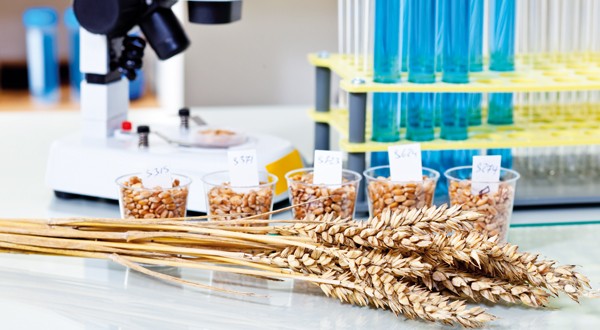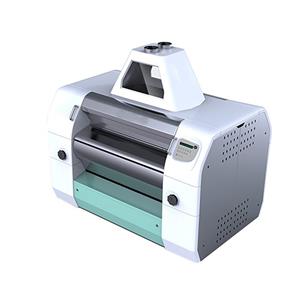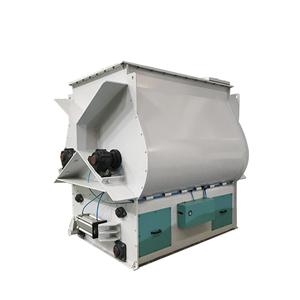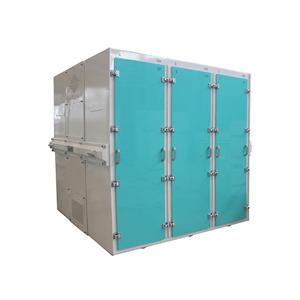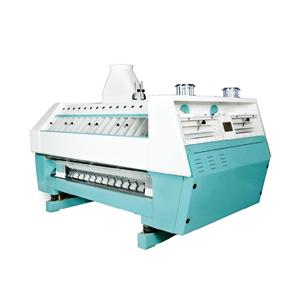PRE-MILLING GRAIN CLEANING PROCESS AND WHAT TO KNOW
Wheat, which goes through various stages from harvesting to arriving at our tables, is subjected to several natural and unnatural contaminants which pose a risk to quality and human health. Elimination of all of these contaminants from the what before it is processed into flour and comes to the dinner table as a finished product is crucial.
Wheat is the raw material of bread, which is one of the fundamental nutrients for humans. Wheat, which goes through various stages from harvesting to arriving at our tables, is subjected to several natural and unnatural contaminants which pose a risk to quality and human health. Elimination of all of these contaminants from the what before it is processed into flour and comes to the dinner table as a finished product is crucial. The cleaning and sorting technologies available in mills today successfully handle these cleaning processes.
How many different stages are involved in the grain cleaning process? What kind of technologies are used in these stages? What are the highlights of selection and use of these technologies? Why is an effective cleaning of grain important and what are the effects of this process on quality or other factors? We pose all these questions and more to the leading manufacturers of technology solutions in the industry. İmaş Machinery Industry Corp. Mustafa ÖZDEMİR, the General Manager, Hüsamettin Ali ÇAĞLAR, Assistant General Manager at Genç Değirmen Corp., and Mustafa KÖROĞLU, Process Manager at Alapala Makina answered our questions.
CLEANING AND SORTING IN MILLING
In milling industry, what are the cleaning and sorting stages used in pre-milling?
Mustafa ÖZDEMİR – İmaş Makine Sanayi A.Ş
At İmaş, we consider all operation issued from an academic and practical perspective, and deal with them within the context of R&D. First of all, we need to understand the term “storage” and the concept of “cleaning” which is used in milling business. For us, a cleaning process includes the separation of foreign substances from a granular product and elimination of contaminants from the grains.
When talking about sorting and contamination, all physical, chemical and biological factors should be considered. The materials which are defined as “nonmillable foreign substance” should be cleaned from the grain. In flour or semolina milling, the wheat goes through a triple-stage cleaning process before milling. Rough and detailed cleaning is done during these stages. Rough cleaning is sorting of targeted grains from the material by use of various methods. Detailed cleaning is elimination from the grains to be milled of all excesses and contaminants which should not pass and reach the milling product. Rough cleaning begins when the product enters the mill. Dominant detailed cleaning is done before milling and then the grain is delivered to milling. In flour and semolina milling, these stages are referred to as POST, MAIN and FINAL cleaning.
Hüsamettin Ali ÇAĞLAR – Genç Değirmen A.Ş.
In order to obtain a good quality of flour, wheat should be stored free of foreign substances and tainted wheat prior to milling. 5 principles can be used to eliminate these foreign substances and tainted wheat. These are sorting by size, sorting by specific weight, sorting by air resistance, sorting by natural characteristics and sorting by shape.
Sorting by size: It is the sieving/sorting method which is one of the easiest cleaning principles so far. Substances that are smaller or larger than wheat are sortd by revolving, shaking and reciprocating motions. In this stage, machinery such as drum filters and waste purifiers are used.
Sorting by specific weight: Some of the contamination may have the same size as wheat and cannot be eliminated by sorting by size. Such sorting can be achieved by using vibration and adjustable air stream. Some machinery which can ensure multiple sorting have been developed in the recent years. Machinery which can handle sorting by specific weight are destoners, light grain separators, concentrators, and combined machinery is the combinator.
Sorting by air resistance: This process helps to clean materials that are lighter than wheat as well as other waste such as dust, sand and fodder. Wheat is cleaned from said contaminants by using equipment such as air channels and radial harrows with the aid of ventilation hoods.
Sorting by natural characteristics: While natural characteristics refer to metal contamination, it has come to include colours in the recent years. There are various magnets to prevent metal contamination. Such as drum magnets, cascade magnets, rod magnets and electromagnets… Elimination of metals from the process is important as it may damage the machinery and pose a risk of dust explosion. In sorting by colour, it is not possible to sort different shades of one colour. This is achieved by using electronic eyes and pneumatic air jets.
Sorting by shape: When the size and specific weight of waste materials is the same as wheat, sorting by shape can be used. This is achieved by using disc, spiral and cylinder separators. This process has become more efficient in the recent years, particularly by using high-capacity trieurs.
